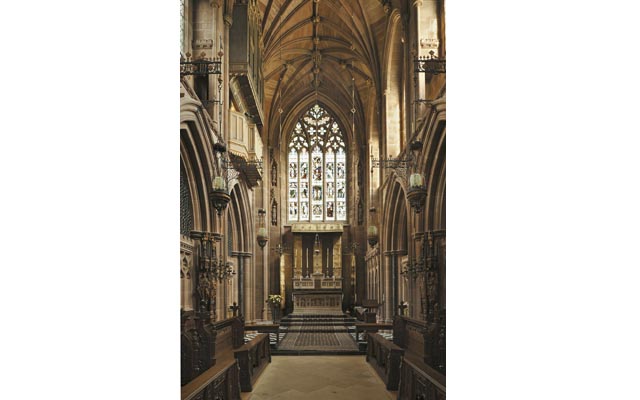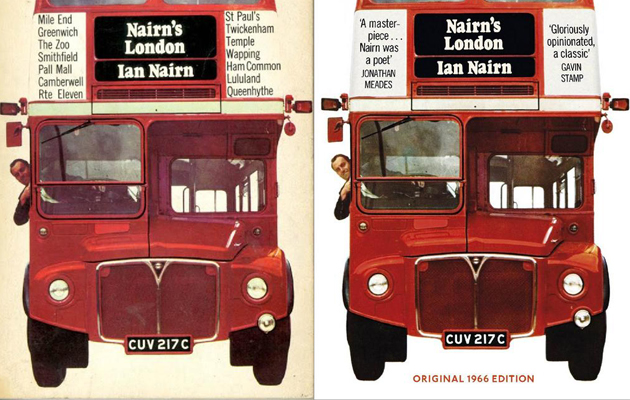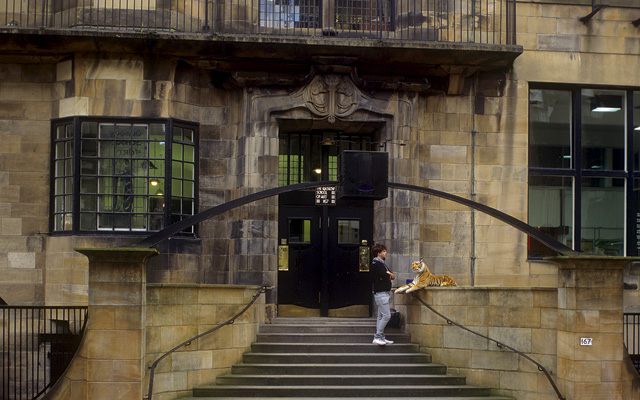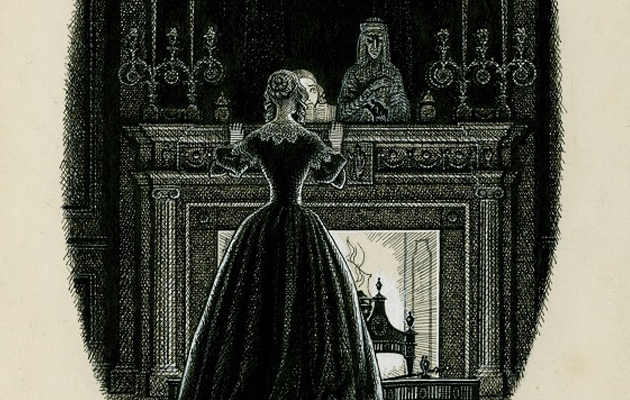Book review: George Frederick Bodley
George Frederick Bodley was a master of beauty and refinement. Gavin Stamp reviews a superb new book on this great architect.

George Frederick Bodley Michael Hall (Yale University Press, £50 *£45)
At the time of his death, in 1907, he was described as ‘the most distinguished architect of our time’ and, a few years earlier, Norman Shaw claimed he was ‘beyond all doubt the most accomplished and refined architect in Europe’, but the name of George Frederick Bodley is not well known today beyond the cognoscenti of the Victorian Society. This is, no doubt, because there is no one conspicuous building in Britain with which he was associated.
He was, nevertheless, the architect of some of the most powerful and original works of the ‘High Victorian’ phase of the Gothic Revival in the 1850s and 1860s the churches at France Lynch and Selsley in Gloucestershire and St Michael’s in Brighton, East Sussex and many of the most accomplished and beautiful churches of the later 19th century, notably St Augustine’s in Pendlebury, built in a mining community outside Manchester, and the grand estate church dedicated to the Holy Angels at Hoar Cross in Staffordshire. Bodley was also, along with Shaw and Philip Webb, a pioneer in the revival of a non-Gothic vernacular in domestic architecture.
Now, this rather austere, fastidious, patrician artist has been given his due in this magisterial, long-awaited study by Michael Hall, which is also a powerful defence of the merits of the Late Victorian Gothic Revival, so often dismissed by historians as reactionary and dull compared with the supposed originality of earlier High Victorian or Ruskinian Gothic. The problem with Bodley is that he excelled in both.
The move from one to the other which shocked many contemporaries came in the 1860s with All Saints’ in Cambridge, whose significance the author first analysed some 20 years ago. It is a building that marked a return to ‘Englishness’ after the Continental Gothic phase and also a return to the ideals of Pugin in both its Decorated Gothic style and its internal painted decoration.
After this, Bodley adopted a refined, Late Decorated style, which, to a remarkable extent, and for better or worse, defined the Church of England for the next half-century and more. As that most astute critic and architect H. S. Goodhart-Rendel put it, this ‘satisfied completely the aspirations of those who believed that the road to national sanctity lay through the older public schools and universities, guarded by Anglican scholarship from the intruding errors of Geneva or of Rome’.
Mr Hall sure-footedly guides the reader through the theological complexities, Anglo-Catholic beliefs, social and religious prejudices and nationalist feelings that lay behind this change. Bodley came to reject the doctrine of ‘development’, which lay behind much of his earlier work, in favour of a sacramental ideal without past or future, expressed through the vehicle of a perfect style which, for him, was English 14th-century Gothic. As Mr Hall has written elsewhere: ‘In Heaven, there are no revivals.’
Sign up for the Country Life Newsletter
Exquisite houses, the beauty of Nature, and how to get the most from your life, straight to your inbox.
It also meant Bodley’s abandonment of his early, pioneering patronage of the newly established firm of designers and stained-glass makers established by William Morris in favour of an absolute control over craftsmen and artists to achieve his aim. In the context of the Arts-and-Crafts movement, this has been held against him, but whereas Morris and Burne-Jones became ‘stylistically static’, the author points out that ‘Bodley’s search for “refinement” in design was dynamic, and it propelled him towards a late style that was challengingly spare and abstract’.
What is impressive is Bodley’s tireless advocacy of the importance of beauty in both words and practice. Mr Hall points out his affinities with the Aesthetic Movement and, deploring the way in which historians have tended to separate the ecclesiastical and secular in Victorian art, even describes his earlier churches as ‘Pre-Raphaelite Architecture’.
Bodley insisted that old churches were treated like modern rooms in houses and were ‘made as beautiful in colour and furniture as possible… Refinement and richness were aimed at’. There was certainly a feminine quality in his architecture welcome after both Muscular Gothic and Muscular Christianity and Mr Hall handles the problematic phenomenon of ‘effeminacy’ in both the Aesthetic Movement and in the Anglo-Catholic world with subtlety and tact.
This superb book elegantly written, magnificently produced by Yale and illustrated with some excellent new photographs by Geoff Brandwood is much more than a monograph on the life and work of Bodley. It is a brilliant study of the society and culture that produced some of the loveliest and most intellectually sophisticated churches of any age and should become essential reading for understanding the later phases of the Gothic Revival perhaps England’s greatest architectural contribution to civilisation.
To order any of the books reviewed or any other book in print, at discount prices* and with free p&p to UK addresses, telephone the Country Life Bookshop on Bookshop 0843 060 0023. Or send a cheque/postal order to the Country Life Bookshop, PO Box 60, Helston TR13 0TP. Alternatively visit www.countrylife.co.uk/bookshop.

Ian Nairn bus tour of London
This Sunday 30th November, a red Routemaster London bus will be taking some fifty Nairnites on a tour of London.

Rebuilding the Glasgow School of Art
Gavin Stamp argues for the careful rebuilding of The Glasgow School of Art after a devastating fire.

The best art exhibitions to visit this December
Read our comprehensive list of the best art exhibitions around the country to visit this December.
-
 Designer's Room: A solid oak French kitchen that's been cleverly engineered to last
Designer's Room: A solid oak French kitchen that's been cleverly engineered to lastKitchen and joinery specialist Artichoke had several clever tricks to deal with the fact that natural wood expands and contracts.
By Amelia Thorpe
-
 Chocolate eggs, bunnies and the Resurrection: Country Life Quiz of the Day, April 18, 2025
Chocolate eggs, bunnies and the Resurrection: Country Life Quiz of the Day, April 18, 2025Friday's quiz is an Easter special.
By James Fisher